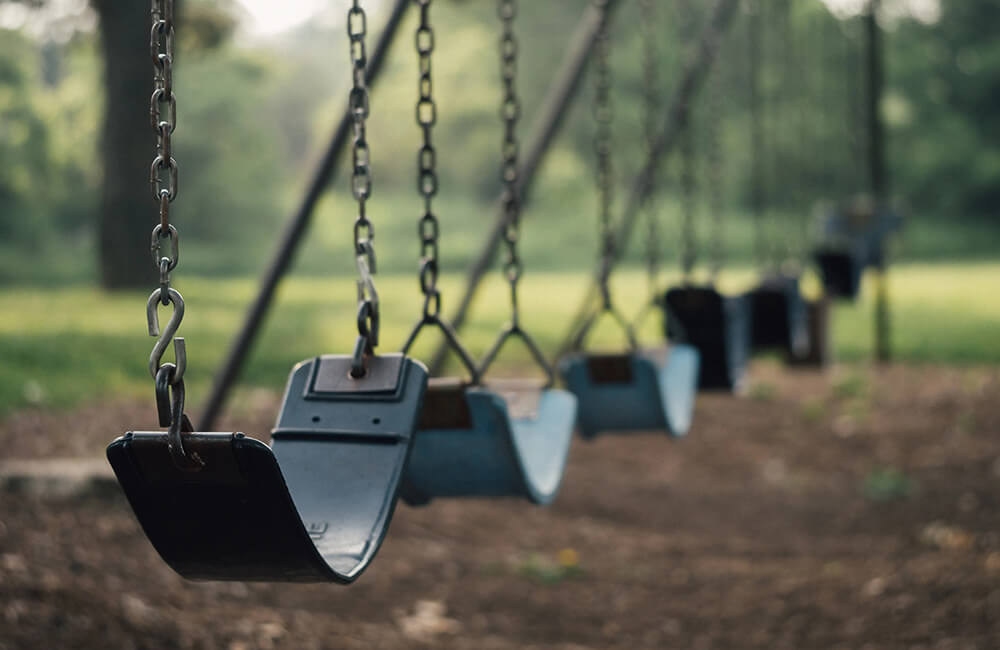Our heartfelt sympathies and thoughts are with the families who survived and witnessed the Alexandria attack last week. As we know, children were playing in the playground nearby when the attack occurred. We can help the kid witnesses of the Alexandria attack in many ways.
- Parents, teachers, counselors and other caretakers can talk to the children about what happened in simple and reassuring ways.
- We can ask the kids if they have any questions and feelings about what happened.
- We can remind the kids that the grown up are working hard to keep them safe.
- We can encourage the kids to draw pictures, write a letter, or even give a toy to the families affected. Giving back is very healing, even for children.
- My new book, Where Did My Friend Go? Helping Children Cope With A Traumatic Death can serve as an excellent first step in the journey of healing. Where Did My Friend Go? is a therapeutic coping children’s picture book to be read by an adult to a young child (3-8 years), who has witnessed or survived a traumatic incident, such as in gun violence. The purpose of the book is to facilitate the child’s processing and coping of the fear, loss, and confusion associated with the trauma in developmentally appropriate and safe ways. A thorough guide for adults and child-based interventions are provided in the beginning and end of the book. The play-based interventions at the end of the book are also an effective guide for parents and professionals on how to explore, shift, and reassure young children’s trauma, anxiety, and loss to more adaptive functioning.
- You can help out by purchasing Where Did My Friend Go? and donate it directly to the Alexandria neighborhood schools, community clinics, libraries, and HeadStarts through Aspiring Families or Amazon.
- You can be a part of the solution by donating to the Indiegogo Generosity Community project to distribute free copies of Where Did My Friend Go? to clinics, schools, shelters, Head Starts, and ERs across the U.S.
Where Did My Friend Go? was specifically written for child witnesses and survivors of terrorist attacks, gun violence, car accidents, and other traumatic incidents. Parents, teachers, pediatricians, ER doctors, counselors, and social workers in schools, shelters, community clinics, and hospitals, who are the first to observe socio-emotional and physical symptoms in children, can use Where Did My Friend Go? as a first step assessment and intervention tool.
It is critical to remember that it is not just the children in Alexandria who have been affected by gun violence and trauma. An important study published in Pediatrics indicated that over 17.5 million or 1 in 4 school-aged children in the United States have been exposed to weapon violence in their lifetime, as either witnesses or victims. The results also suggest that 1 in 33 children (more than 2 million) have been directly assaulted with lethal weapons, including guns and knives.
The Brady Campaign also reports staggering statistics of a daily average of 40 children and teens being shot and surviving, and the incidence of over 160 school shootings since the Sandy Hook mass shooting in 2012.
Given these staggering statistics, the professionals on the front lines working with affected children need to be proactive in asking children about their exposure to weapon violence, and this book can serve as a helpful resource in the process. Mental health professionals need to begin to develop and deliver intervention and prevention programs in schools, clinics, and shelters for the vast number of children and teenagers exposed to lethal weapon violence.
We need to step in now to break the intergenerational cycle of violence and the emerging mental health crisis related to trauma and weapon violence.
You can be a part of the solution by donating to the Indiegogo Generosity Community project, to distribute free copies of Where Did My Friend Go? to schools, ERs, clinics, Head Starts, libraries, and shelters across the U.S. You can also go directly to Amazon, and donate Where Did My Friend Go? to the institution of your choice. It takes a village to help kids thrive.
